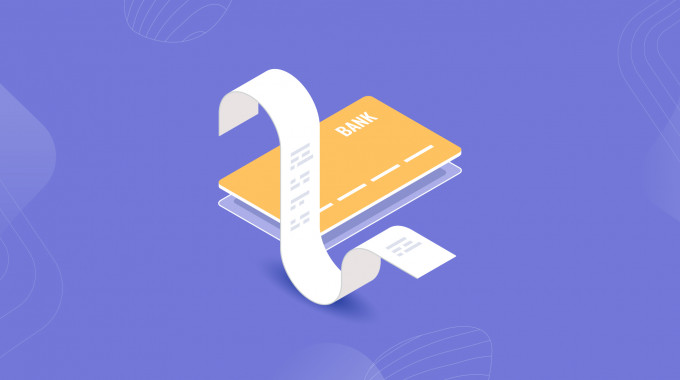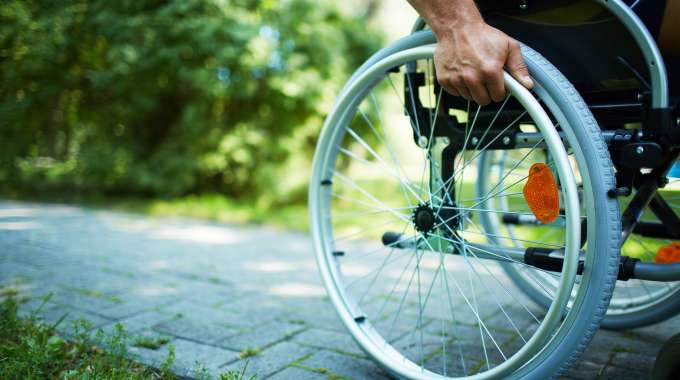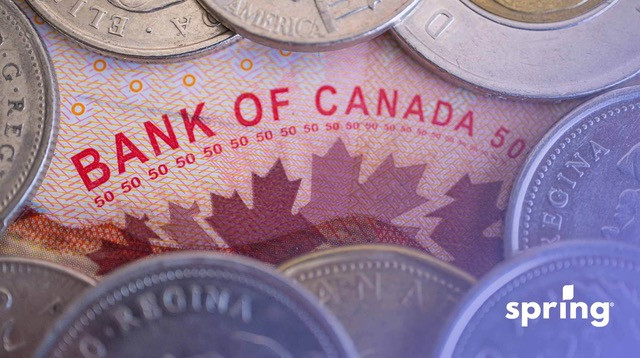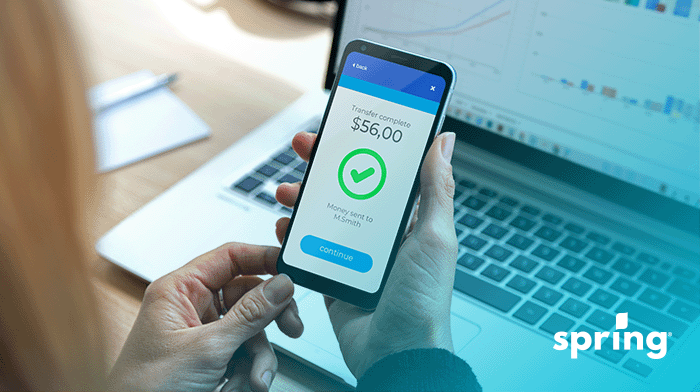Despite the rather intimidating-sounding terminology, credit utilization is not as complex as you might think. In plain English, credit utilization highlights how much of the revolving credit available to you is currently being utilized.
Unlike instalment credit that has a fixed number of payments (think: car loan or personal loan), revolving credit is an account that lets you repeatedly borrow money up to a fixed limit and pay it back over time. The most common type of revolving credit account is a credit card.
The basic formula for calculating credit utilization is to divide your combined balance by your combined limit, then multiply by 100. For example, if you have a total of four credit cards with a combined credit limit of $10,000 and a combined balance of $5,000, you are currently utilizing 50% of the revolving credit available to you.
However, a credit utilization rate of 50% is not ideal. In fact, the lower the percentage the better.
How Much Credit Utilization is Too Much?
There are slightly different schools of thought here. TransUnion, one of Canada’s two major credit bureaus, say your credit utilization rate should be no more than 35%. However, the other credit bureau, Equifax, advises Canadians to keep it below 30%. (For the record, the Financial Consumer Agency of Canada also advises Canadians to stay below 35% utilization.)
Having credit – but not needing it – goes a long way with those who determine our credit scores (TransUnion & Equifax). To have all this credit available to you but not needing it signals your ability to properly manage your own finances. But this doesn’t mean you should start applying for multiple credit cards and not use them. Instead, you should open new credit card accounts sparingly and as needed.
As you can see, credit utilization takes up the second-largest slice of the credit score pie after your repayment history (35%). Rounding out the remaining 35% is a combination of your credit history, credit inquiries, and public records.
Using the majority of your available credit can negatively impact your score because it indicates a potential risk to lenders. In other words, there is a higher chance that lenders will perceive you as a high-risk borrower if your credit cards are all maxed out. Higher balances could suggest that you’re prone to overextending yourself.
The Bottom Line: Try to keep your credit utilization under 30-35% to negate any negative impact and encourage positive growth to your credit score.
How to Improve Your Credit Utilization Rate
Your credit score is a combination of multiple factors, and there are several things you can do to manage credit utilization.
1. Pay Your Balance Regularly
Here’s our “no duh” solution to improving your credit utilization – pay down your credit card debt as best you can to start freeing up available credit. If you don’t know when your billing cycle for each account begins and ends, find out. Set monthly due date reminders on your calendar.
Ideally, you should pay the full balance on your statement before the due date. If this isn’t possible, you can set up balance alerts on your credit cards. Calculate what the 30% ratio is on your credit limit – say a $3,000 balance on a $10,000 limit – and set alerts to notify you of when you’ve reached that threshold.
If you hold multiple cards, spread out your repayments across all the cards so that your utilization ratio is better on all the cards versus just one. Some credit scoring models calculate the utilization on all your credit cards to determine your credit score.
Also, if you can, try to hold off any new purchases on those cards until after the end of your billing cycle. This will ensure your credit card issuer reports your low balance information to credit bureaus and you get a positive report.
2. Raise Your Credit Limits
Be careful here. One way to lower credit utilization is to increase your credit limits. By increasing available credit, it will lower your utilization percentage. This is a risky technique if your spending isn’t under control, but it can work if you’ve got the self-discipline.
Here’s an example: you have a $10,000 limit and a $4,000 balance, equaling a 40% credit utilization. Not optimal. However, if you were successful in getting your limit extended to $15,000, your ratio would drop to 26%, making a substantial improvement to your credit score. Easy, right?
One issue with this method is that extending credit is not always a stroll in the park. Your card issuer is going to evaluate whether you qualify for more credit, which could require you to earn more income and have a clean credit history. An unfortunate twist to all this is that requesting a credit limit increase, known as a hard inquiry, can lead to a temporary downgrade of your credit score by credit bureaus.
3. Don’t Throw Away Your Cards
You may be thinking an obvious solution to manage credit utilization is just never use your cards, toss them in the freezer or get out the rusty scissors and slice. Not so fast. As we mentioned earlier, no activity on your credit card is not necessarily better than some small activity. You need to be actively making repayments:
- To keep building a positive payment history.
- To prevent your credit card company from deactivating an unused account, which may damage your credit history.
Find a happy medium between no-use and just-enough-use to keep you in the credit repayment game. It means don’t go crazy with those credit cards, but don’t cancel them either.

Personal Loans for Credit Utilization
With a personal loan, you can simultaneously lower your credit utilization and diversify your credit mix when you move at least some of your revolving credit to instalment credit.
With regards to paying down credit card debt, a personal instalment loan can be advantageous in two ways:
- A personal loan is ideal for debt consolidation and might suit your circumstances if you have multiple credit cards with multiple payment dates. A debt consolidation loan can help you merge all payment dates into one. With only one payment to remember every month, it could make your debt easier to manage. A balance transfer credit card essentially does the same thing and is also be worth looking into.
- Credit cards are a form of revolving credit where you can decide how much you want to pay each month. If you choose to only make the minimum payment, your debt can seem never-ending. Personal loans, on the other hand, offer a fixed loan term with monthly payments over a time period of your choosing, usually up to 60 months. Gradually paying off your loan instalment by instalment can be easier to budget and plan for.
When you’re ready to apply for a personal loan, make sure to shop around and compare lenders. Some lenders have lower interest rates than other lenders. Some lenders charge fees. However, there are lenders—like Spring Financial—that do not charge application fees or maintenance fees, so make sure you find a lender that doesn’t come with any surprising hidden costs.








